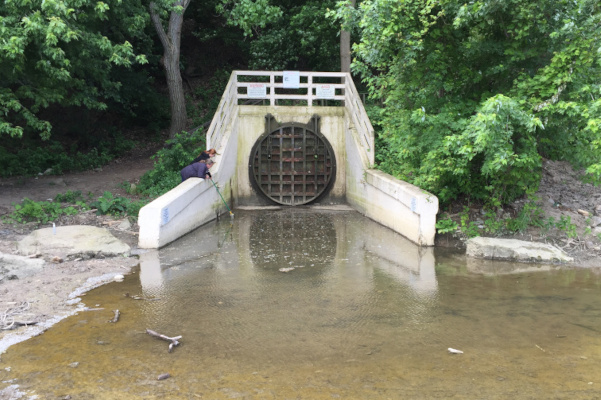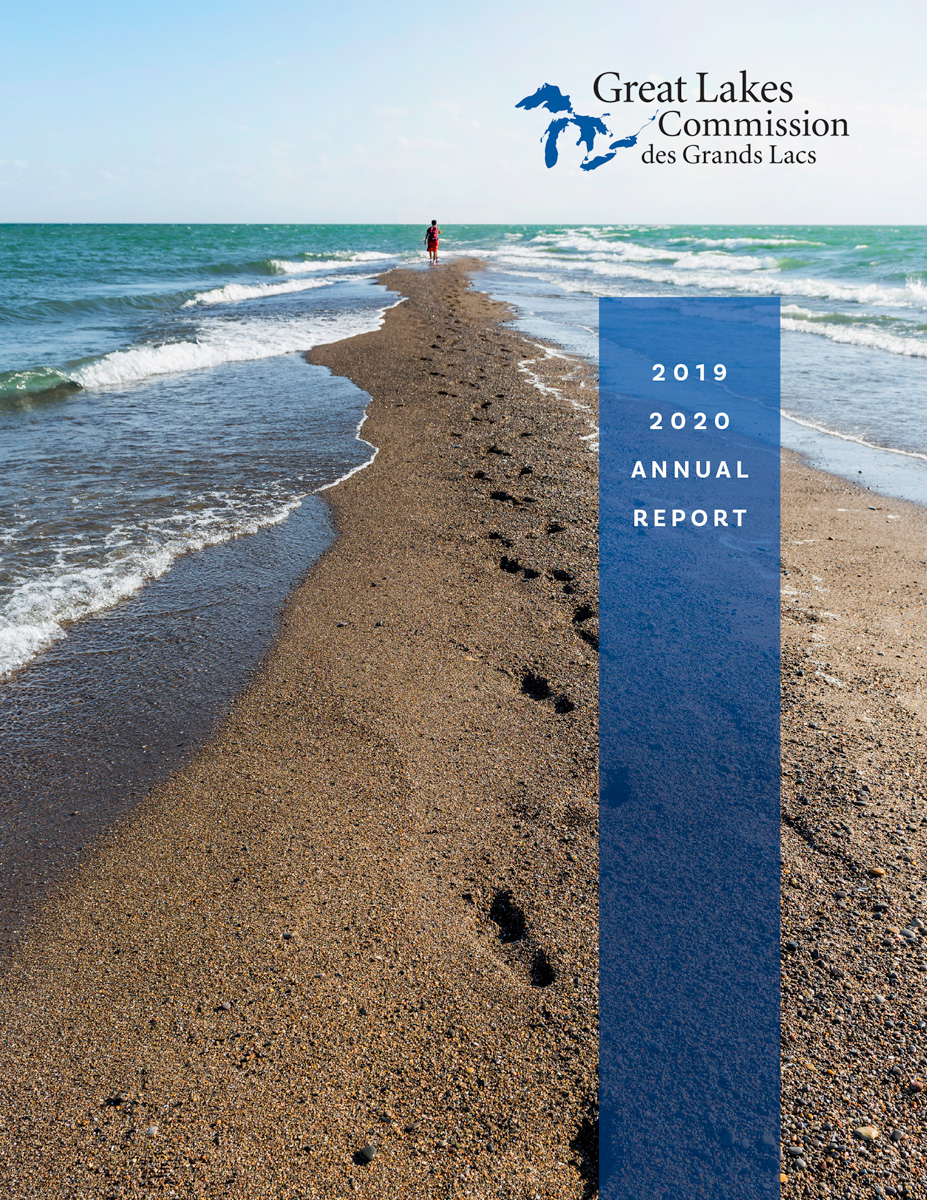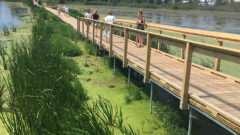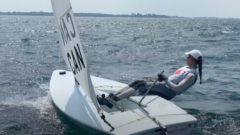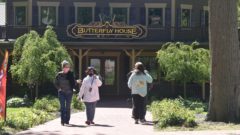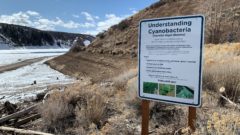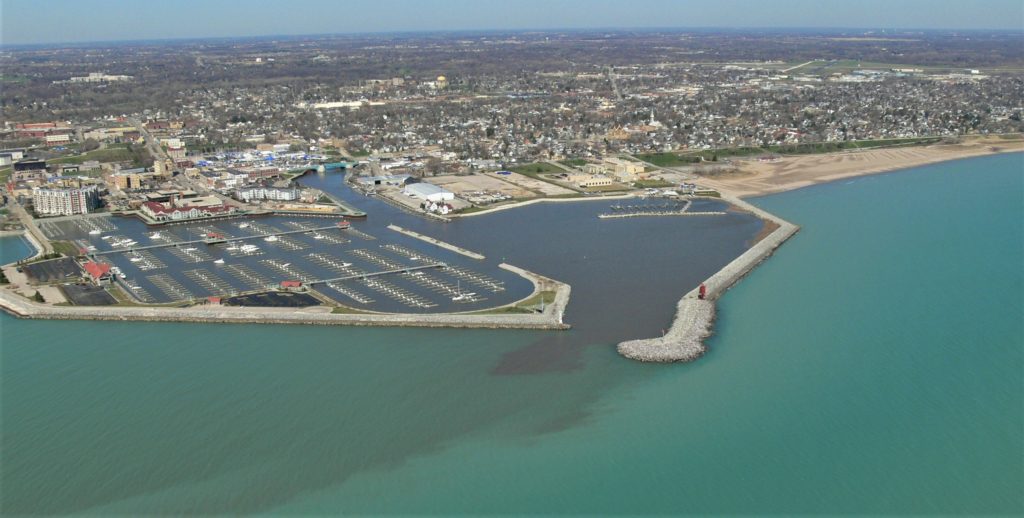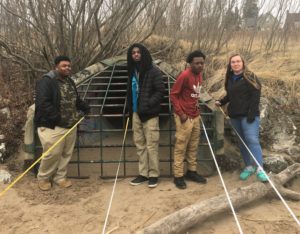Sorting, removing Asian carp
A chute-like steeppass fish-sorting system is being tested at the Emiquon Preserve on the Illinois River near Lewistown, Illinois as officials work to keep invasive carp out of the Great Lakes. View images by The Chicago Tribune.
Great Lakes Commission
https://www.glc.org/dailynews/20210527-asian-carp


